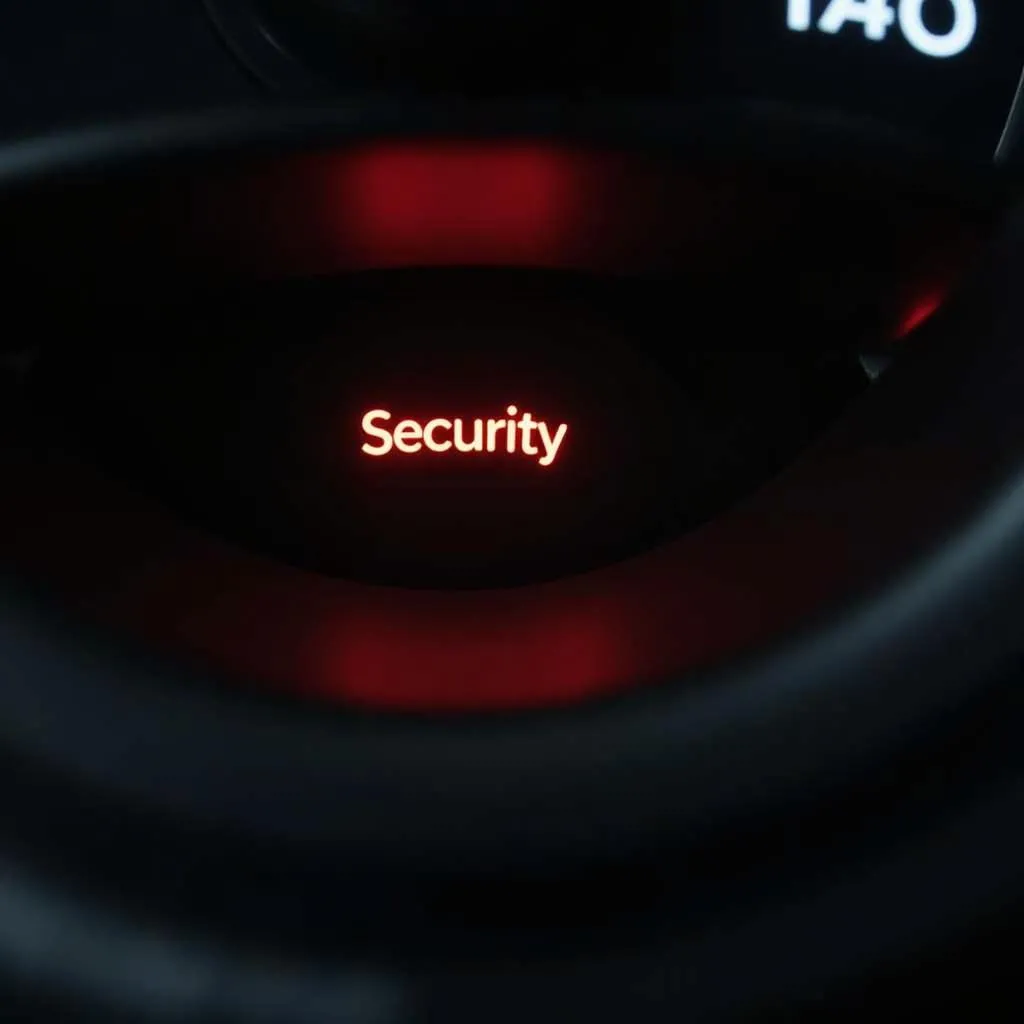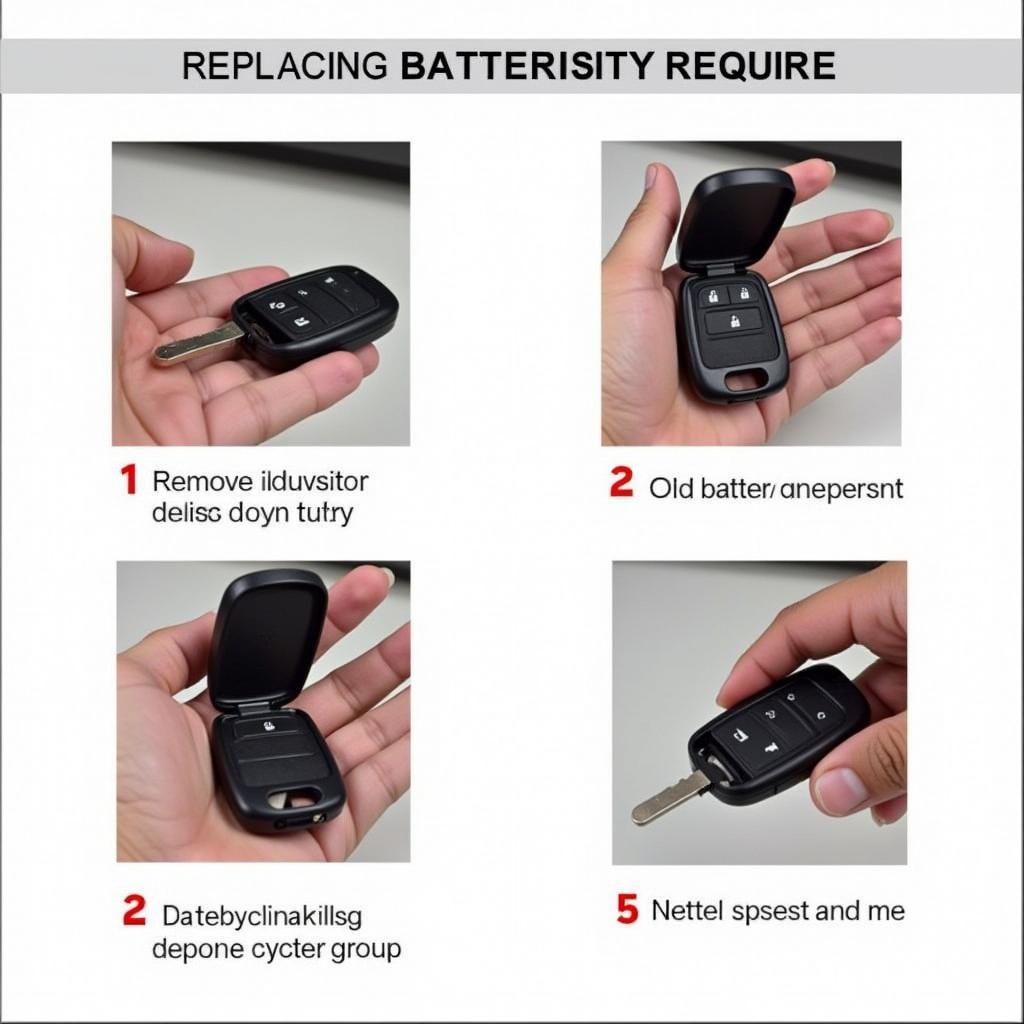A dead car battery in the frigid winter months is a common nightmare. This guide dives deep into the reasons behind this frustrating scenario, offering practical solutions, preventative measures, and expert insights to keep your car running smoothly all winter long.
Why Does My Car Battery Die in Winter?
Cold weather is a battery’s worst enemy. Low temperatures significantly reduce a battery’s cranking power, the electrical current required to start your engine. Think of it like molasses in January – thick and slow. If your car battery is already weak, winter’s chill can be the final straw. Additionally, engine oil thickens in cold weather, requiring more power to turn over the engine, further straining the battery. car battery going dead signs can help you identify a weakening battery before it completely dies.
Other Culprits Contributing to a Dead Battery
Beyond the cold, several other factors can contribute to a dead battery in winter, including:
- Parasitic drain: Even when your car is off, certain systems like the clock, radio, and security system draw a small amount of power. Over time, this can drain a weak battery, especially in cold weather.
- Short trips: Short trips don’t give the alternator enough time to fully recharge the battery, especially after the heavy drain of starting a cold engine.
- Old age: Car batteries typically last 3-5 years. As they age, their capacity diminishes, making them more susceptible to cold weather failure.
- Corrosion: Corrosion on battery terminals can impede the flow of electricity, leading to starting problems.
How to Deal with a Dead Car Battery in Winter
Finding yourself with a dead car battery in winter is never fun, but there are several solutions:
- Jump-starting: This is the most common and quickest solution. Make sure you have a good set of jumper cables and another vehicle with a working battery. car not starting because of battery outlines the steps for jump-starting a car safely.
- Using a portable jump starter: These compact devices can jump-start your car without needing another vehicle. They’re a great investment for winter emergencies.
- Calling roadside assistance: If you’re not comfortable jump-starting your car or don’t have the necessary equipment, calling for roadside assistance is a reliable option.
“A common mistake people make when jump-starting a car is connecting the cables in the wrong order. This can damage both batteries and even cause an explosion,” says John Smith, Senior Automotive Technician at Smith Automotive Repair.
Preventing a Dead Car Battery in Winter
Proactive measures can prevent the headache of a dead battery in winter. Consider the following:
- Get your battery tested: Have your battery tested before winter arrives, especially if it’s more than three years old. A simple test can determine its health and cranking power.
- Keep your battery clean: Clean any corrosion from the battery terminals with a wire brush and a baking soda and water solution.
- Limit short trips: If possible, combine short trips or let your car run for a longer period to allow the alternator to fully recharge the battery.
- Park inside: If you have access to a garage, parking inside will protect your battery from the extreme cold.
- Consider a battery warmer: In extremely cold climates, a battery warmer can help maintain the battery’s temperature and prevent freezing.
- Fully charge a dead battery: If your battery has completely died, ensure you charging a totally dead battery properly to restore its functionality.
“Regular battery maintenance is crucial, especially as the temperature drops. A simple cleaning and test can save you a lot of trouble in the long run,” advises Sarah Jones, Lead Electrical Systems Engineer at AutoTech Solutions.
Is My Car Battery the Problem, Or Something Else?
Sometimes, the issue isn’t the battery itself, but other components affecting its performance. If your car wont start but the battery is good, the problem could lie with the starter, alternator, or even the ignition system. Diagnosing cold weather car battery issues can be complex, so if you’re unsure, consult a qualified mechanic.
Conclusion
A dead car battery in winter can be a major inconvenience, but with the right knowledge and preparation, you can avoid this frustrating situation. By understanding the factors that contribute to battery failure, taking preventative measures, and knowing how to deal with a dead battery, you can keep your car running smoothly throughout the coldest months.
FAQ
-
How often should I get my car battery tested? Ideally, every six months, or at least annually, and especially before winter.
-
Can I leave my car running to charge the battery? Yes, but it’s not the most efficient method. A dedicated charger is better.
-
How long does a car battery last? Typically 3-5 years, but it can vary depending on usage and climate.
-
What are the signs of a dying car battery? Dim headlights, slow cranking, and clicking sounds when trying to start.
-
Can I jump-start my car with any other car? Yes, as long as the other car has a compatible voltage system (usually 12V).
-
How can I clean battery corrosion? Use a wire brush and a baking soda and water solution.
-
Is it safe to drive with a weak battery? It’s not recommended. A weak battery can leave you stranded.


